Why LED Video Walls Outshine Projection Displays in Large Venues
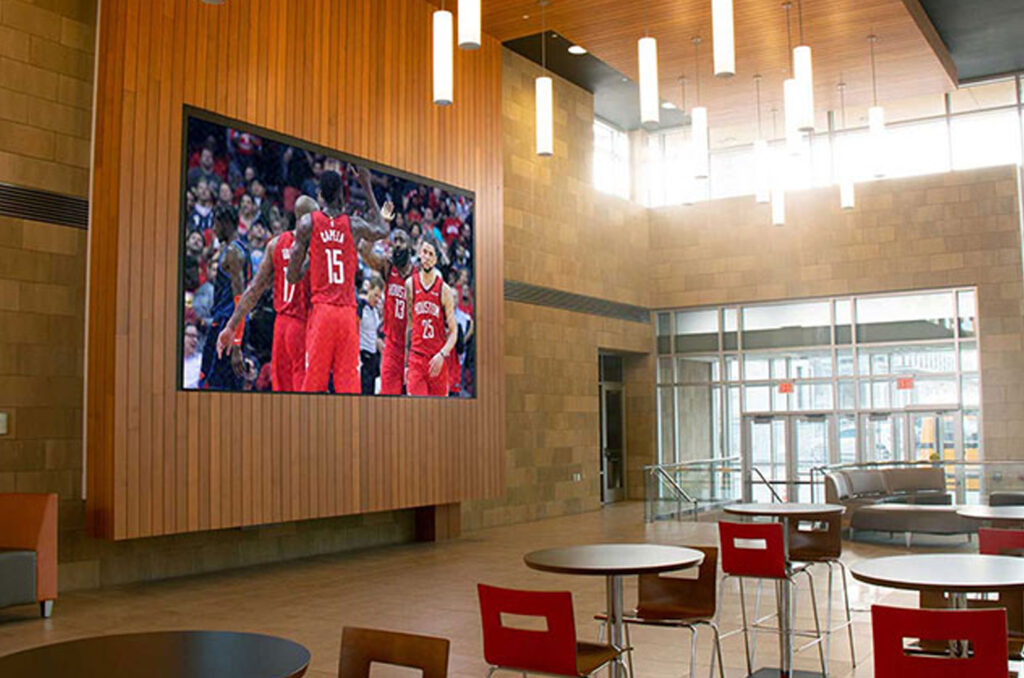
LEDs (Light Emitting Diodes) have skyrocketed in popularity thanks to their energy efficiency, eco-friendliness, affordability, and long lifespan. They’re the backbone of modern digital signage and scoreboards, offering businesses a reliable and impactful way to display information and attract attention.
Among the various types of LEDs, SMD (Surface Mounted Devices) and DIP (Dual Inline Package) LEDs stand out as the most common technologies. While they share the same foundational principles, they bring unique advantages to the table.
Selecting the Best Indoor LED Display for Your Needs

Shopping for an indoor LED display? It can be overwhelming. You’ve got specs, pitch sizes, resolutions, and price tags to compare—and it’s easy to miss the details that really matter. So, what makes one display better than another? The truth is, the best indoor LED display isn’t just about specs. It’s about choosing the right screen for your specific environment, audience, and content. Let’s walk through what you need to know. Start with Your Environment Think about where the display will go. Is it a bright lobby with lots of windows? A retail store with constantly shifting lighting? A control room where staff will be staring at the screen all day? These differences matter. Bright spaces need displays with higher brightness and glare resistance. Close-range viewers require tighter pixel pitch. Open layouts call for wide viewing angles so everyone sees the content clearly. Stat: LED displays provide up to 10× better visibility in high-ambient light environments compared to projection-based setups. What Are You Showing on the Screen? Content drives configuration. Ask yourself: Will you display text alerts or full-screen videos? Do you plan to rotate content daily or update in real-time? Is branding and image quality a top priority? If you’re showing high-resolution images, product visuals, or real-time dashboards, you’ll want a tighter pixel pitch and high refresh rates to prevent flicker or blur. Pro Tip: Displays with a refresh rate of 3,840 Hz or higher deliver smooth playback—even with fast-changing data or animations. Viewing Distance Still Matters Even in indoor settings, viewing distance plays a big role in screen performance. The closer the viewer, the tighter your pixel pitch should be. Here’s a quick rule of thumb: 1mm pixel pitch = ~3 feet of optimal viewing distance So if your viewers will be 6 feet away, aim for a 1.5–2mm pitch. Fact: Properly matched pitch improves message clarity by up to 70%, especially in environments like meeting rooms, retail counters, and event spaces. Ease of Installation and Maintenance Let’s not overlook the practical stuff. The best indoor LED display is the one that fits your space and your infrastructure. Wall-mounted? Suspended? Free-standing? Your mounting method may affect power access, ventilation, or servicing needs. Also, LED panels last longer than LCDs and projectors, with 100,000+ hour lifespans, but make sure the design allows for easy front or rear access when maintenance is needed. Most LED signs come with modular cabinets—if a section ever needs repair, you can swap it without replacing the whole screen. Think Beyond Today Your display should be ready for whatever comes next. Maybe you start with a welcome message and eventually shift to interactive content or real-time data. That’s why many businesses choose scalable, full-color indoor LED systems that adapt over time. Frequently Asked Questions About Choosing Indoor LED Displays Q: What factors determine the best indoor LED display for a space?A: It depends on lighting, viewing distance, content type, and layout. For example, open areas require wide viewing angles, while bright spaces need higher brightness and anti-glare capabilities. Q: How does pixel pitch affect image clarity?A: Smaller pixel pitch means sharper images at closer ranges. When matched properly to the viewer’s distance, displays deliver up to 70% better clarity—especially for text and branding visuals. Q: What makes LED better than projection indoors?A: LED signs offer 10× more brightness, wider viewing angles, and no need for darkened rooms. They’re also easier to scale and maintain over time. Q: How long do indoor LED displays last?A: Most are rated for 100,000 hours of operation, making them a solid long-term investment for businesses that want reliability. Q: Can indoor LED displays be upgraded or expanded later?A: Yes. Modular LED systems can grow with your needs, letting you expand or reconfigure displays as your space or goals change. Why NEXT LED Signs Is the Right Choice for Indoor LED Displays At NEXT LED Signs, we make it easy to choose the right display for your space—not just by selling you a product, but by helping you match it to your goals. We guide you through pitch selection, mounting options, brightness needs, and long-term support planning. Every indoor LED sign we build is designed for real-world environments, whether it’s a bright atrium, a retail display, or an executive boardroom. We don’t just deliver a sign—we deliver a solution that works from day one and evolves with your business. Let us help you extend your reach. With a digital display from NEXT, you can count on a hassle-free experience backed with outstanding warranties and service.
Digital Scoreboards Elevate Your School’s Athletic Programs
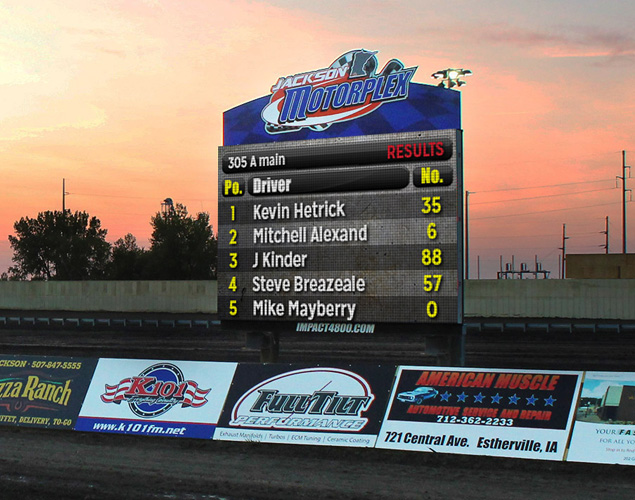
Take your school’s sports events to the next level with Next LED Signs. Our high-quality indoor digital scoreboards are designed for K-12 schools, offering more than just real-time game stats. With vibrant digital sign messages, instant replays, and custom features like player recognition, our LED scoreboards create a more engaging and exciting atmosphere for athletes, students, parents, and the entire school community.
Big Scores, Big Boards
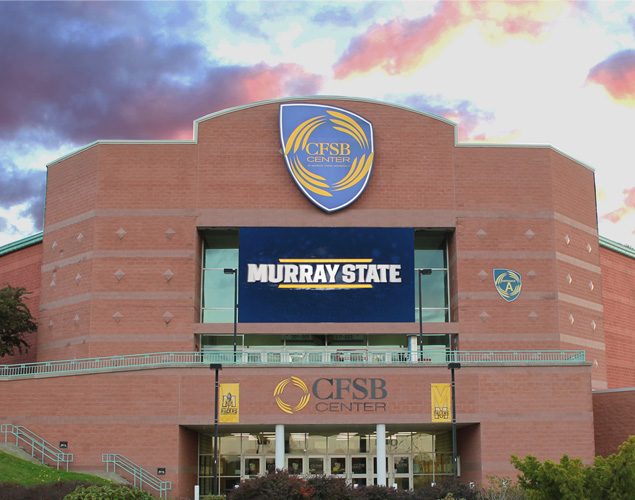
Whether it’s the excitement of Friday night football under the stadium lights or the intensity of a high school basketball game, LED scoreboards have completely transformed how fans experience sports. Gone are the days of straining to see tiny numbers from the bleachers.
10 Ways to Use Digital Signage in Sports Stadiums
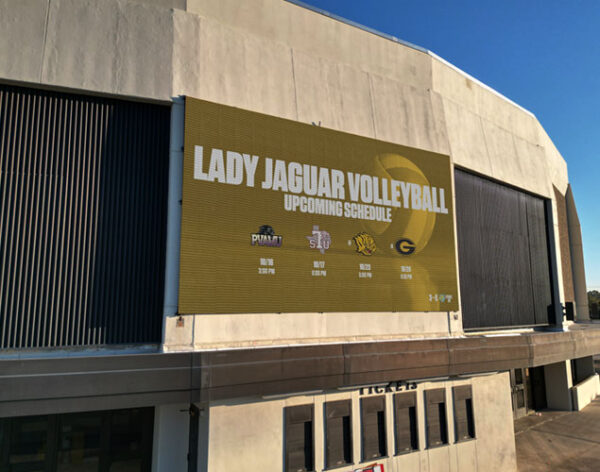
LED digital signage has become a game-changer for sports stadiums, revolutionizing the way fans engage with events and how venues operate. From interactive LED displays that boost fan interaction to high-brightness LED advertising boards that generate revenue, these dynamic digital screens unlock endless possibilities.
The Bright Future of Baseball
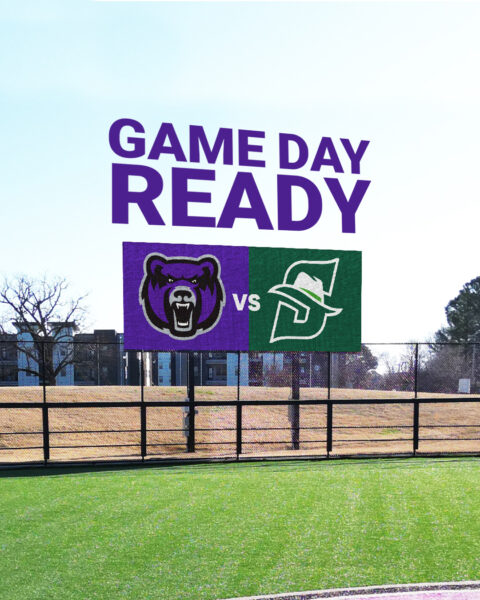
In baseball, the scoreboard is the heartbeat of the game—keeping fans informed, hyped, and engaged. While traditional manual scoreboards hold nostalgic charm, high-resolution LED video displays for sports stadiums are redefining the game-day experience.
Scoreboards In Multi-Purpose Venues
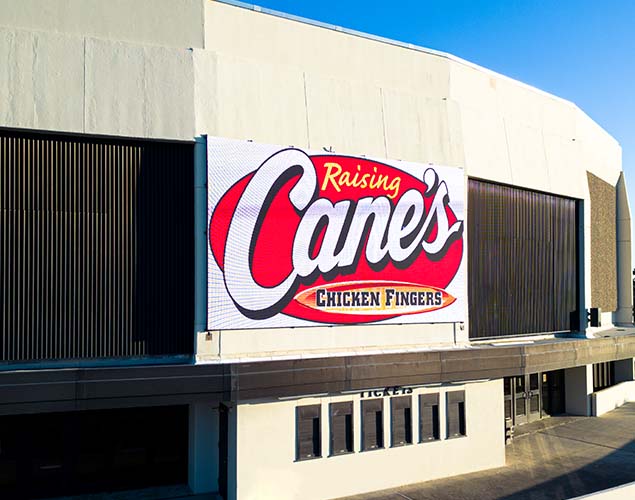
Multi-purpose venues like arenas and event centers host a diverse range of events, from sports games and concerts to conventions and trade shows. The key to accommodating such varied needs lies in versatility—and LED scoreboards have risen to the challenge by offering unmatched functionality and flexibility.
Revolutionizing Your Scoreboard
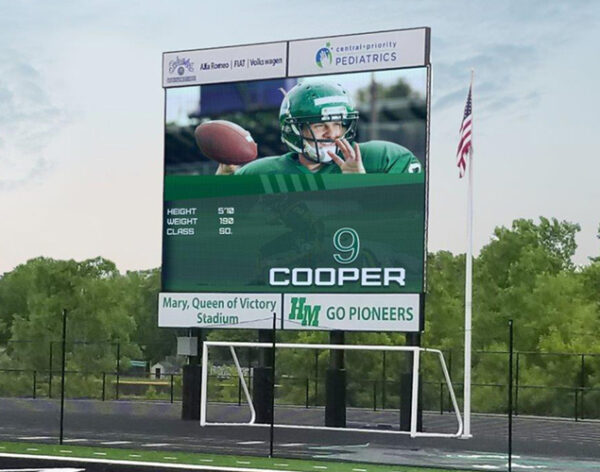
LED scoreboards have become essential tools for sports arenas, entertainment venues, and live music festivals, offering dynamic functionality and interactive features that elevate the audience experience. Whether it’s enhancing fan engagement during a game or providing real-time updates at a festival, LED scoreboards deliver unmatched value.
Upgrading to LED Signage at Race Tracks: Transforming Fan Engagement and Operational Efficiency

Upgrading to LED signage at race tracks is more than a technological enhancement—it’s a strategic investment that can revolutionize fan experiences, streamline operations, and unlock new revenue streams. With careful planning, thoughtful design, and expert implementation, LED signage can transform race track environments, ensuring high visibility, interactivity, and long-term success.
